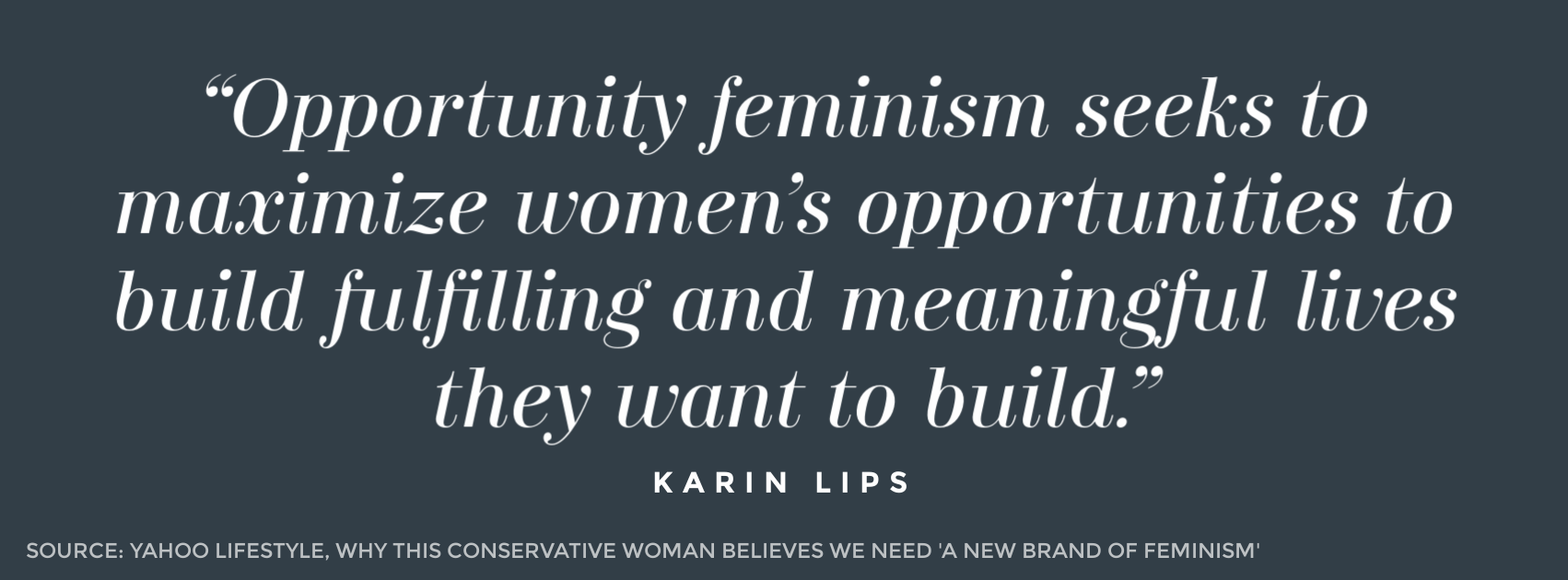Government Shouldn’t Require Stay-At-Home Moms To Work
This article originally appeared in Forbes.
Stay-at-home moms of school-aged children should be required to work.
That is what Sarrah Le Marquand, the editor-in-chief of Stellar magazine and the founding editor of RendezView, writes in The Daily Telegraph with the headline, It should be illegal to be a stay-at-home mum.
She argues: “Rather than wail about the supposed liberation in a woman’s right to choose to shun paid employment, we should make it a legal requirement that all parents of children of school-age or older are gainfully employed.”
Le Marquand made this argument after the Organisation for Economic Cooperation and Development issued a report on employment participation in Australia warning of “potentially large losses to the economy when women stay at home or work short part-time hours.” The report identified this segment of the population as “[o]ne of the areas of greatest untapped potential.” Australia ranks in the lower third of OECD countries for the employment rate of women between the ages of 25 and 54.
When some people choose not to work or to work part-time, it does impact the economy. But it also impacts their individual lives and the lives of those around them. We are not born to serve the economy. There is more to life. People recognize this, and many people think their most valuable contributions to society aren’t the hours they log at work, but the children they help nurture.
While the percentage of two-parent families that have a full-time working father and mother who is not employed has dropped, families with this arrangement still make up about a quarter of two-parent households in America. And 59 percent of U.S. adults believe children with two parents are better off when one parent stays home.
But Le Marquand isn’t happy that some women with children make choices other than working full-time.
Le Marquand complains: “Only when the tiresome and completely unfounded claim that ‘feminism is about choice’ is dead and buried (it’s not about choice, it’s about equality) will we consign restrictive gender stereotypes to history.”
This comment gets at the heart of one of the biggest problems of modern feminism—the goal for many modern feminist leaders isn’t that women should have equality of opportunity in the workplace and then the choice to pursue the careers of their choosing (or not). The mission of the modern feminist movement is parity in numbers. They measure success through statistics. Only when there are equal numbers of women and men in all fields and at all levels of the workforce will equality be achieved, according to this version of feminism.
At least in America, this isn’t what previous generations of feminists said they wanted for women. At one time, many workplaces blatantly discriminated against women. Feminists fought hard to open the doors and give women the choice to pursue careers as lawyers, journalists, and more.
Feminism is supposed to be about giving women the opportunity to work—not REQUIRING them to work.
How one defines equality has important public policy implications. Take child care policy.
If mothers are all forced to work full-time, then someone else has to take care of the children. One could imagine that such a requirement would be coupled with a big expansion in government support for child care facilities to take over caring for those children too young to go to school, and for school-aged children before and after school during business hours.
That would be a tremendous new expense for taxpayers, which would offset at least a good portion of the economic gains created by a boost in labor force participation. And Americans should also consider evidence that warns of the considerable downsides in terms of children and family well-being associated with extensive use of organized daycare facilities.
Americans should resoundingly reject this government-knows-best and money-is-everything mindset. A far better and fairer approach would support families to make whatever child care decision they believe is best for their families. That is the approach then-candidate Donald Trump promised to take, “Mr. Trump’s plan will ensure stay-at-home parents will receive the same tax deduction as working parents, offering compensation for the job they’re already doing, and allowing them to choose the child care scenario that’s in their best interest.”
While there is still a lot of work to do for President Trump if he wants Congress to move forward on child care legislation, his recognition that some families choose to have a stay-at-home mom is a step in the right direction. New legislation shouldn’t punish these families.
The government shouldn’t tip the scale against stay-at-home moms—and it certainly shouldn’t force stay-at-home moms to work for pay.



